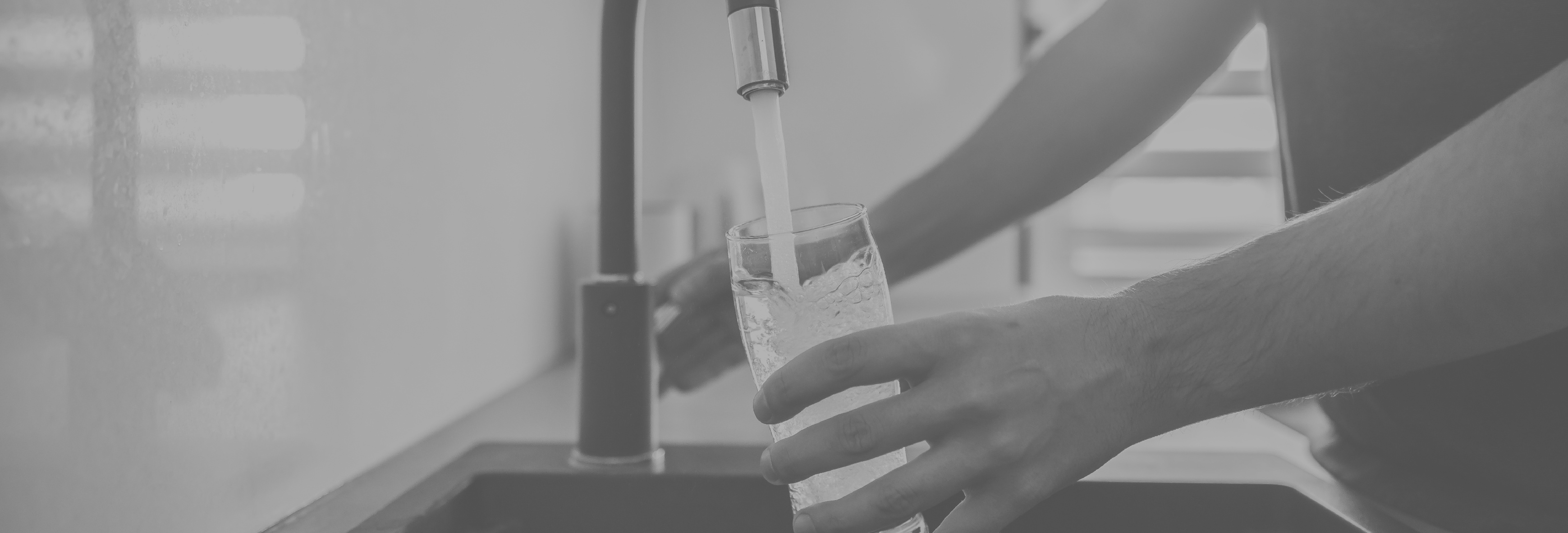FlowGuard® and Water Safety in Residential Installations
-
Properly installed and maintained FlowGuard® plumbing systems are essential for delivering safe, clean water to homes and protecting family health.
-
FlowGuard pipes and fittings offer proven advantages, including corrosion resistance, certified safety and ease of installation, that enhance water quality and system durability.
-
Professional plumbers play a crucial role in ensuring system integrity by following best practices during installation and providing ongoing maintenance support.
Ensuring water safety as a plumber isn’t just a matter of installing the right pipes; it’s about understanding what goes into your plumbing projects and choosing trusted solutions for the job. As plumbers, from initial installation to routine maintenance, every step you take directly impacts the quality and safety of the water your customer relies on every day.
A Plumber’s Responsibility
Plumbers have an essential role in safeguarding water safety within residential properties, but their responsibilities stretch well beyond installing pipes and fittings.
- Punctuality is key; arriving on time and completing work efficiently helps prevent unnecessary delays or damaging the property’s daily routine.
- A professional plumber emphasises cleanliness; leaving each workspace tidy, reducing dust and debris and preventing cross-contamination.
- Proper testing, verifying connections and advising homeowners on system maintenance are critical in delivering a safe, long-lasting plumbing framework.
- By choosing proven solutions like FlowGuard, plumbers tap into a system built for durability, safety and performance; ensuring that the water delivered remains pure and free from contamination over its lifespan.
Why FlowGuard for Residential Properties?
FlowGuard pipe and fittings are engineered with water safety as a priority. Trusted worldwide, FlowGuard offers a combination of strength, chemical resistance and certified safety that makes it an ideal choice for homes.

- One of the key advantages of FlowGuard is its excellent resistance to corrosion caused by chlorine and other disinfectants commonly present in water supplies. Unlike metal pipes, CPVC does not rust, scale or corrode over time, thus maintaining purity.
- Its solvent cement bonding process creates seamless joints, underpinning durability and eliminating weak points where leaks or contamination could occur.
- FlowGuard is certified safe by all major international standards organisations, including NSF International, ASTM, Kiwa and WRAS. These certifications attest that the product meets strict protocols for potable water, giving homeowners peace of mind that their water remains safe from chemical leaching or permeation from external contaminants.
- Another major benefit is the material’s resistance to bacterial growth. The smooth, hard surface of FlowGuard pipe reduces biofilm development, which is a common problem in many plumbing systems, helping to prevent bacteria like Legionella or Coliform bacteria from thriving.
- FlowGuard's ease and speed of installation, requiring no special equipment or heat welding means fewer errors, fewer delays and a system that’s built to last, delivering safety and peace of mind to homeowners quickly.
Tips for Plumbers Using FlowGuard in Homes
Proper Preparation
Ensure all pipe and fitting surfaces are clean and dry before applying solvent cement. Use recommended primers for optimal bonding.
Accurate Cutting and Fitting
Cut pipes square with a sharp saw, removing burrs and rough edges that could compromise joints. Dry-fit components to verify alignment before applying cement.
Adequate Support and Spacing
Install supports at proper intervals to prevent sagging or unnecessary stress on joints. Use the right hangers and supports based on pipe size and weight.
Follow Manufacturer Guidelines
Use the recommended solvent cement and adhere to curing times precisely. Proper curing ensures strong, leak-free joints.
Account for Expansion
Incorporate expansion loops or joints where necessary to accommodate thermal movement, especially in hot water lines, to prevent undue stress and potential leaks.
Conduct Pressure Testing
Before system completion, conduct a thorough pressure test to detect any leaks or weak points, ensuring system integrity and water safety before putting it into service.
Expert Support and Resources
Ensuring water safety at home is a collective effort involving careful planning, proper installation and ongoing maintenance. Our team of experts are here to provide technical support, from selecting the right components to solving installation concerns.
We also invite you to explore our installer video series, which demonstrates proven techniques for installing and maintaining FlowGuard Plumbing Systems.
For more information on how FlowGuard Plumbing Systems can protect your customer’s water quality, contact us directly.
DELIVERING
RELIABILITY
For more than 50 years, FlowGuard® Pipe and Fittings has provided reliable hot and cold water plumbing systems to residential and commercial buildings around the world.
DELIVERING
RELIABILITY
For more than 50 years, FlowGuard® Pipe and Fittings has provided reliable hot and cold water plumbing systems to residential and commercial buildings around the world.
.png)
-1.png)
